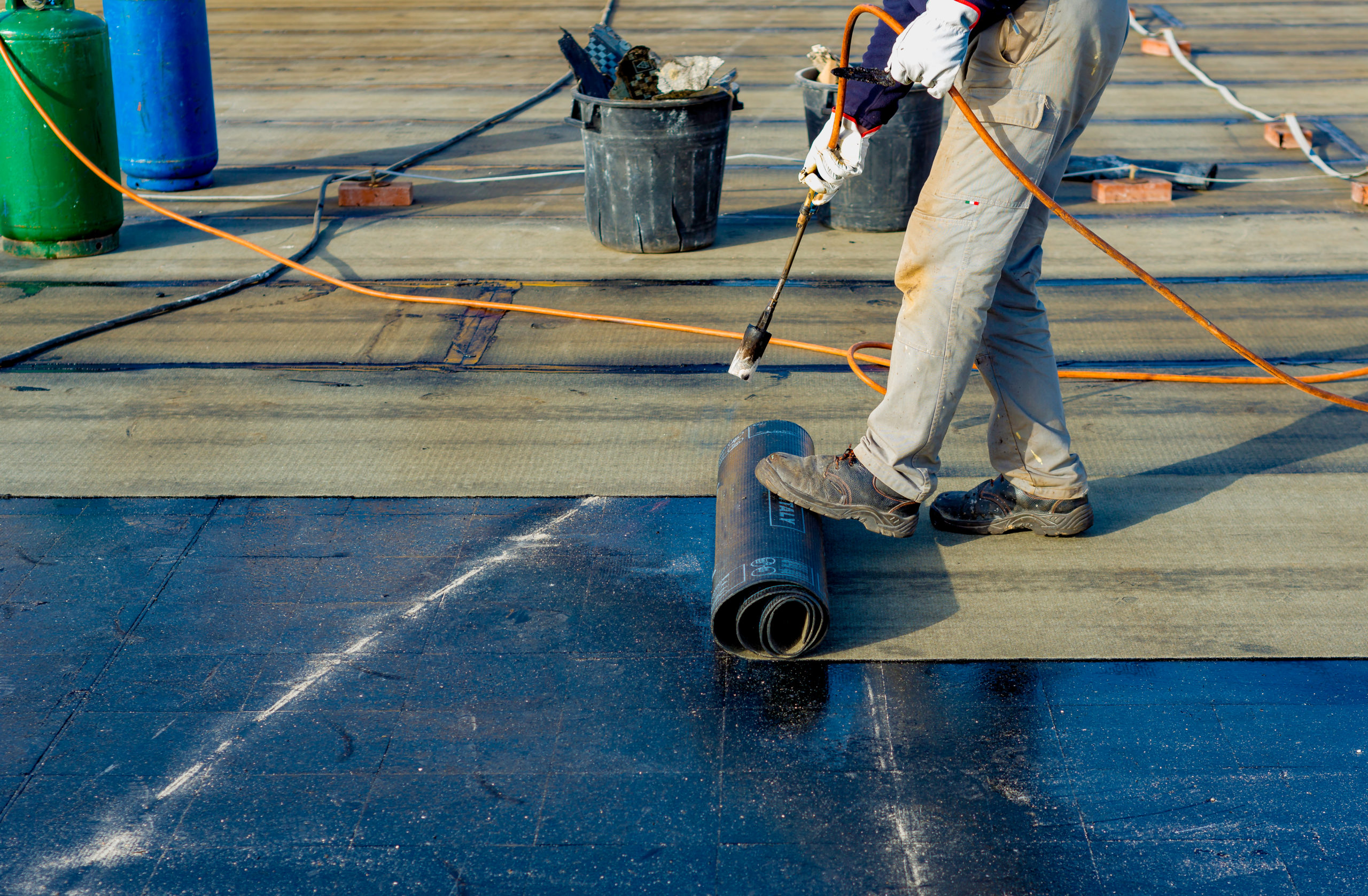Waterproofing your garden is an crucial aspect of maintaining a flourishing outdoor space. Overflowing water can cause a host of problems for your plants, including plant decay, fungus, and reduced growth. By implementing successful waterproofing strategies, you can protect your garden from the harmful effects of overwatering and make sure that your plants flourish irrespective of the weather conditions.
In this manual, we will examine why waterproofing is important not just for homes and buildings, but also for the garden. We will investigate practical tips, techniques, and frequent misconceptions regarding waterproofing. No matter if you’re a seasoned gardener or just new to gardening, understanding how to manage excess water in your outdoor space will conserve you time and money while fostering a vibrant garden environment.
Understanding Waterproofing Essentials
Sealing is crucial for protecting your garden and garden space from the possible damage caused by excess water. When rain accumulates around plants and soil, it can lead to plant disease, mold, and various problems that compromise the health of your plants. Using efficient waterproofing measures guarantees that your landscape remains lush and flourishing, even during intense rainfall. This is not just a surface concern; it’s about investing in your efforts in your yard.
Selecting the right waterproofing solutions demands grasping the specific needs of your yard. A variety of methods and materials can be used, including drainage solutions, waterproof membranes, and organic barriers like mulch and vegetation. It is crucial to analyze the land features of your landscape and the types of flowers you have to decide on the most successful approach. Proper preparation can avoid water from pooling in unwanted areas and promote proper drainage to preserve root health.
Furthermore, understanding the long-term benefits of waterproofing can conserve you substantial costs in repairs and upkeep. Neglecting address water accumulation can lead to serious structural issues not only for your garden but also for adjacent structures. Paying in waterproofing now can enhance the strength and longevity of your outdoor space, enabling you to experience a healthy garden while minimizing future concerns related to surplus moisture.
Choosing the Best Waterproofing Techniques
When considering waterproofing your garden, choosing the suitable methods is essential for safeguarding your plants from surplus water. Commence by assessing the specific needs of your garden, taking into account the types of plants you have and the drainage patterns of your outdoor space. For instance, if you have spots where water tends to accumulate, incorporating raised beds or employing permeable materials can aid boost drainage and avoid waterlogging. Additionally, using barriers such as geotextiles can separate soil layers and control water flow effectively.
It's also crucial to consider the environmental conditions in your region. http://nutris.net/members/crookwalk3/activity/2499494/ or periodic flooding might necessitate more extensive waterproofing solutions, such as creating drainage systems to divert water away from your garden. On the other hand, in areas with less rain, more straightforward methods like mulching can help hold moisture while stopping excess water from saturating the soil. Understanding your local climate and soil conditions will guide you in picking the right approach to ensure your garden thriving.
Ultimately, always opt for premium waterproofing products when applying your selected methods. Investing in dependable coatings and barriers not only enhances the longevity of your waterproofing efforts but also guarantees better protection for your garden. Brands that specialize in waterproofing often provide solutions designed especially for outdoor use, so exploring these options is essential. Regardless of whether you choose DIY methods or seek professional help, the appropriate materials and techniques will markedly enhance the resilience of your garden against moisture damage.
Preventing Water Damage in Key Areas
Water damage can happen in different key areas of your home, including basements, bathrooms, and roofs. The basement, frequently prone to flooding, requires comprehensive waterproofing solutions. Proper drainage systems and sump pumps can assist manage overflowing water efficiently. Ignoring basement waterproofing can result in costly repairs down the line, as stagnant water can compromise the foundation and encourage mold growth. Ensure you have a robust waterproofing plan in place to safeguard this essential area.
Bathrooms are an additional common point where water damage can wreak havoc. Shower and tile waterproofing are essential to prevent leaks that can cause major damage and mold issues. Choosing premium waterproofing products for your bathroom can greatly improve in maintaining a mold-free environment. It is wise to assess plumbing fixtures and waterproofing regularly to catch any potential problems early.

Lastly, roofs are frequently overlooked when it comes to waterproofing but play a crucial role in preventing water damage throughout the building. Ensuring that your roof is properly waterproofed defends your entire home from leaks and structural issues. Utilizing the best waterproofing coatings and addressing typical roof waterproofing mistakes in advance will prolong the life of your roof, lessening risks of leaks and costly repairs associated with water damage.
